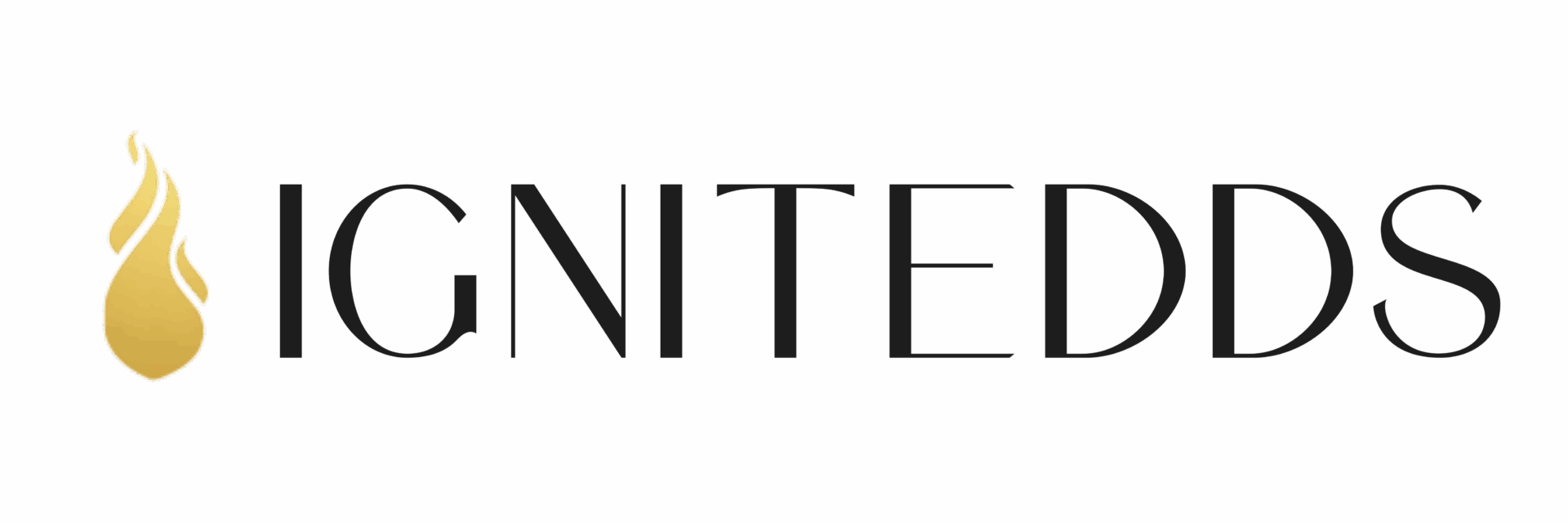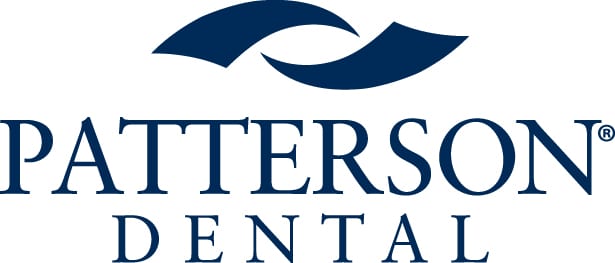By: Clayton Davis, DMD
This topic originally appeared on PankeyGram.org. Dr. David granted permission for igniteDDS to share with our readers.
One of our biggest challenges in dentistry isn’t just diagnosing and treating problems; it’s helping patients understand what’s happening in their mouths and why treatment matters, eventually getting to case acceptance. Clear dentist-patient communication increases case acceptance, builds trust, and supports long-term oral health.
Here are some patient-friendly ways to explain complex dental concepts in a more understandable language. These strategies not only improve understanding but also empower your patients to take ownership of their health.
Occlusal Disease
In helping patients understand occlusal disease and the destruction it can cause, I have long said to them,
“The human masticatory system is designed to chew things up. When it is out of alignment, it will chew itself up.”
I tell them,
“Your teeth are aging at an accelerated rate. We need to see if we can find a way to slow down the aging process of your teeth.”
The idea of slowing down aging is very attractive to patients, and if you relate it to their teeth, they get it.
Occlusal Equilibration
Typically, I come at this from the standpoint of helping them understand that teeth are sensors for the muscles, and when the brain becomes aware that our back teeth are rubbing against each other, it sends the same response to the muscles as when there’s food between our teeth.
In other words, the brain tells the muscles it’s time to chew, and this accelerates wear rates on the teeth. Equilibration is really a conservative treatment to reduce force and destruction of the teeth.
Diseases of the Jaw Joints
Regarding jaw joints and adaptive changes and breakdown, patients understand that joints have cartilage associated with them. Saying there has been cartilage damage in your jaw joint gets the message across simply.
Treatment Recommendations
When patients say,
“I know you want to do a crown on that tooth.”
I jokingly say, “Oh, don’t do it for me. Do it for yourself.” I never say, “You need to get this work done.” Instead, I say, “I think you are going to want to have this work done.”
Conservative Treatment: Less is More
I have always enjoyed John Kois’s saying that no dentistry is better than no dentistry, so when talking about conservative dentistry, I’ll tell patients,
“No dentistry is better than no dentistry. We certainly don’t intend to do any dentistry that doesn’t need to be done.”
Another way I speak about conservative dentistry is to say,
“Conservative dentistry is dentistry that minimizes treatment. In the case of a cracked tooth, a crown is actually more conservative than a filling because it minimizes risk.”
Moving Forward with Treatment
I love Mary Osborne’s leading question for patients after they’ve been shown their issues and treatment possibilities have been discussed.
The question is “Where would you like to go from here?” With amazing regularity, the patients choose a really good starting point for their next steps toward improved health, steps that feel right to them. Always remember, people tend to support that which they help create.
Dental Insurance
I typically speak of dental insurance as a coupon that can be applied to their dental bills. I’ll say,
“Every plan sets limits on how much it pays. The way dental insurance works, it’s as if your employer has provided a coupon to go toward your dental bills.”
Presenting Optimal Care
Don’t assume what your patient can afford or wants. Instead, ask for permission to present the best options:
“Mrs. Jones, if I were the patient, I’d want to know what the ideal treatment was—regardless of cost. Would it be okay if I shared what optimal care would look like for your situation?”
This approach respects the patient’s autonomy while still presenting comprehensive solutions.
Explore Advanced Education at The Pankey Institute
Learn more about patient-centered communication techniques with advanced hands-on education at The Pankey Institute. Their courses are designed to help dentists deepen patient relationships, increase case acceptance, and lead fulfilling practices rooted in excellence.


